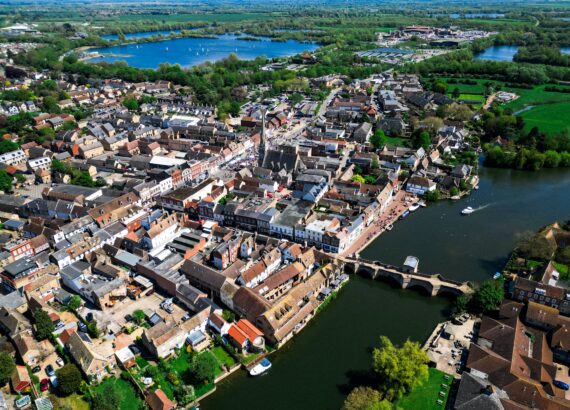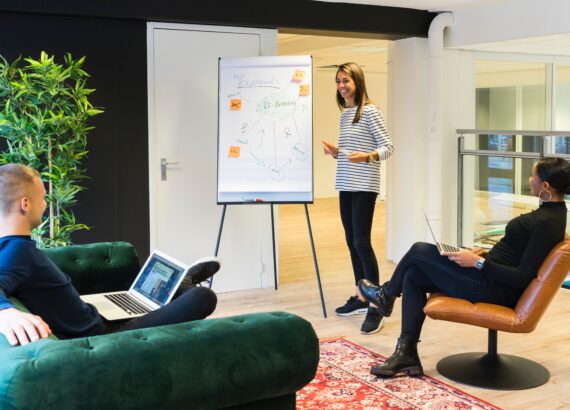Is it possible to avoid chaos and enjoy a holiday when travelling with a baby and a toddler? It seems hard enough as a busy mum, delegating all your responsibilities at home and at work so you can travel in the first place. Then you have the challenges of travelling with the children once you do finally get away. These tips will help you.
1. Before the trip
Conduct thorough research
The first thing you should do is design the type of holiday you want for your family. Young families often choose accommodation that offers a number of facilities like crèche, activities and swimming pools. Check the details to ensure your family can make use of these facilities. For example, many crèches only accept kids starting at the age of three and some activities may be seasonal. You’ll certainly need to take all these details into consideration when researching your trip.
Make a list
To reduce the stress levels when travelling with children, make lists of everything you need to do and bring before you go. You’ll also find lots of checklists online that will help you prepare your own list. Keep your list handy in the lead up to your departure so you can jot things down as they come to mind. This way you’ll ensure nothing is left behind when you depart and you are well prepared to take care of your children’s needs.
2. Choosing the best time, means of transport and accommodation
Avoid travelling during school holidays
School holidays are typically more expensive for accommodation and it can also be difficult to book your preferred venue since the best locations are in high demand. Since your baby or toddler is not yet in school, you can travel any time of the year. Make the most of this opportunity while you can. This will enable you to find the best accommodation, avoid crowded places, and save money.
Don’t fear the flight
Travelling by plane is not so scary, especially if your baby is past the crawling phase. Make sure you bring enough snacks and toys that wont bother the other travellers. Hopefully your little one will take a short nap from time to time if it’s a long flight so bring items that might help the sleep. If your child sleeps with a particular soft toy or blanket, bring it along to help them relax. If you are travelling long distances and stop-overs are an option, consider staying overnight where your stop-over is so you can all get some sleep and enjoy the experience together.
Use your kid’s luggage allowance
Many airlines offer special baggage allowance for kids under two, which can include a baby bag (5kg) and a buggy, plus a cot, a car seat, or a booster seat. The challenge is, different airlines have different policies, so make sure to check the details in advance. It may be wise to use the same airline for all your flights to simplify your travels. For kids older than 2, you’ll typically need to pay the full price but then you can bring hand luggage (10kg) plus a buggy in many instances.
Find accommodation near relaxing spaces
If your destination has a beach or parkland, it’s wise to get your accommodation nearby. If you stay near a beach or park, your kids will be able to play there allowing you to sit down and relax. Pools can sometimes be a good option too if there is a toddler friendly option. It’s wise to avoid regular sized pools because you’ll spend the whole time stressing about whether your baby will fall in.
3. While travelling
Flight supplies
Don’t forget to bring enough nappies and extra clothes. Change the nappies before boarding the plane because the changing space inside a plane is very small. Bring snacks that your children can chew on throughout the flight. Chewing helps ease ear pain common on ascent and descent of a flight. Since little ones tend to eat more while travelling, make sure to bring more than usual. Toys are also a great idea to keep the kids entertained. Another way to keep kids busy is to download a few fun apps on the phone or download a cartoon on your tablet.
Bring the formula with you
Most airlines will allow baby bottles on flight since they are not included in the ‘liquids rule’. You should also bring powdered formula if your child usually drinks it. On flight you can ask for some warm water for the bottle and mix some formula. Bring cartons of formula, powder dispensers, and spare bottles in case you need them.
4. At the destination
Keep the kids hydrated
Make sure your little ones are drinking lots of water. It’s usually best to drink bottled water since the tap water may not be too good for your child’s tummy. If the temperature is high, make sure to book a room with air conditioning. When it comes to car rentals, choose one that is light or white because black cars tend to retain the heat. It may be wise to buy an inexpensive windscreen reflector for your hire car if you a travelling in a particularly hot climate.
Prepare for the weather
Once you’ve arrived at the destination, make sure to protect the kids from the sun. Even in cooler climates, sun protection is important. While travelling you’ll likely be spending more time outdoors than you usually do. Buy a sunscreen for extra-sensitive skin with a very high UV factor (30 or 50). Test it on the kid’s skin in advance to make sure there’s no allergic reaction. If you are spending time on a beach, sun tents are also great, especially if you’re spending a long time there. Don’t forget hats and sunglasses if you are able to keep them on your child. If you are staying in a cold climate, ensure you take plenty of warm clothes and raincoats if suitable. Depending on the climate, temperatures may change more rapidly than you and your family is familiar with so be prepared when stepping outdoors.
Last but not least, you are probably a super busy mum so don’t forget to enjoy your holiday and time with the children. They grow up way too fast! Hope you enjoyed these tips for travelling with a baby and a toddler.






